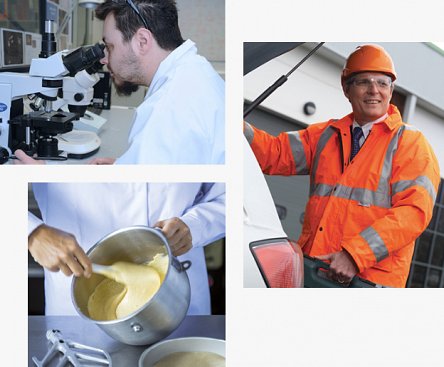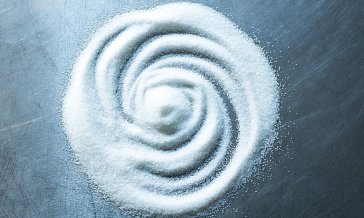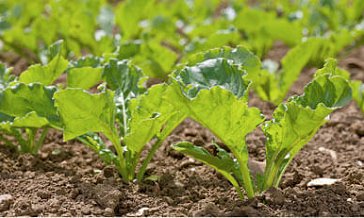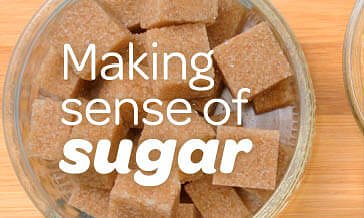
The properties of sugar
More than just sweetness
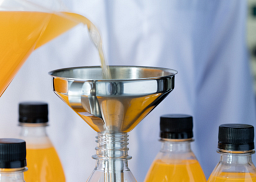
SWEET TASTE

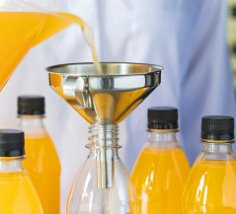
SWEET TASTE
We all perceive sweetness differently depending upon the application. Temperature, texture and other recipe ingredients can all affect our perception of sweetness. Sugar unlike intense sweeteners, can mask bitter flavours and enhance fruit and brown flavours.
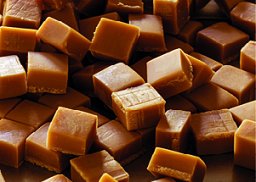
MOUTHFEEL

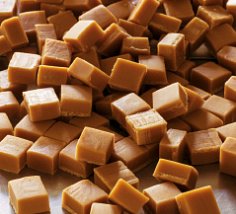
MOUTHFEEL
Sugar affects the mouthfeel in fudges, icings, fondants and chocolate. The particle size can affect whether your product has a smooth, silky or grainy mouthfeel.
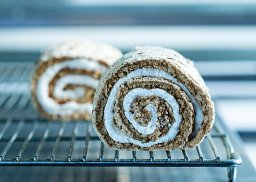
FLAVOUR

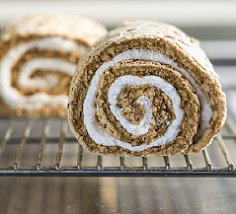
FLAVOUR
Sugar can affect flavours in two ways. The first by altering perception, the second by developing flavour during the cooking or manufacturing process.
Sugar can mask bitter flavours and enhance fruit and brown flavours or allow for a more acidic 'fizz' to sweets by balancing the sourness. It can also enhance savoury flavours when used at very low levels.
Brown sugars and syrups have more complex distinct flavour profiles in their own right and can define or enhance many sweet and savoury dishes.
Sugar also interacts with proteins in food to give complex flavours and aromas when heated (Maillard reaction). This can give baked, roasted, caramel or even meaty flavours and aromas.
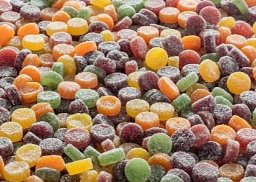
DECORATION

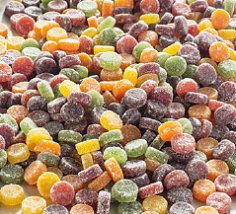
DECORATION
Sugar is an important component for decoration, whether in icing, glazes or for sanding confectionery jellies. With heat it can add a glossy surface to cakes, patisserie and puddings.
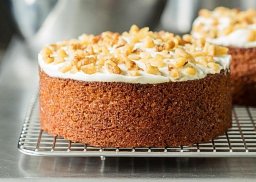
TEXTURE

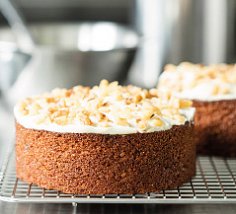
TEXTURE
Sugar helps to produce a wide variety of textures. From the soft and delicate crumb structure in cakes, giving a biscuit its snap or chew, to the smooth silky texture in fudges and fondants.
Sugar can also add crunch to: desserts, fruit pies, biscuits and chocolate confectionery. Sugar provides the body and viscosity to sauces chutneys batters and glazes. It also creates the structure in meringues and spun sugar.
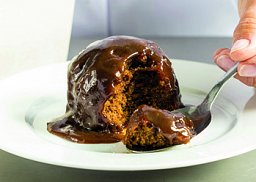
COLOUR

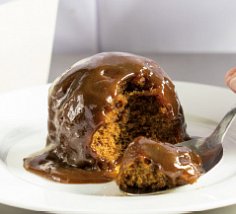
COLOUR
All sugars will 'brown' in the presence of heat and protein (Maillard reaction). This will give a range of colours from light golden to dark brown in baked goods, sauces, chutneys and confectionery. Brown sugars and golden syrups give a variety of shades in their own right.
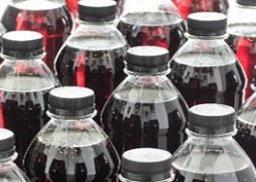
SOLUBILITY CONTROL

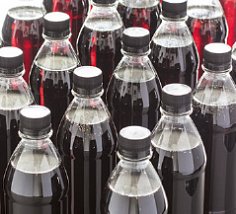
SOLUBILITY CONTROL
Although very soluble in water, the rate that sugar dissolves can be controlled by the particle size. Caster sugar gives a controlled rise and bake in cakes and finer crystalline sugars can be used to give rapid dissolving for vending and hot drinks.
Icing sugar can also be used to sweeten desserts without heat.
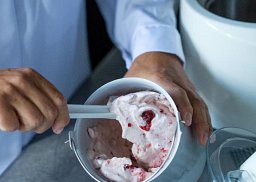
FREEZING POINT AND CRYSTALLISATION


FREEZING POINT AND CRYSTALLISATION
Sugar depresses the freezing point of frozen products including ice cream, sorbet, and frozen baked products. This results in smaller ice crystals which delivers a smoother texture and aids with rapid defrosting.
Invert sugars can be used to prevent recrystallisation in jams and preserves.
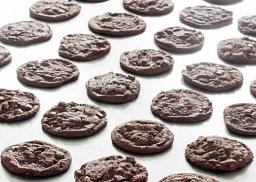
MOISTURE CONTROL

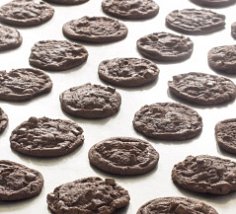
MOISTURE CONTROL
Sugar has a high affinity for water and helps 'lock' moisture into baked goods prolonging the shelf life. Invert syrups are used to keep cookies moist and pliable.
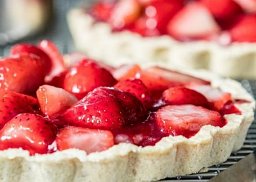
PRESERVATION

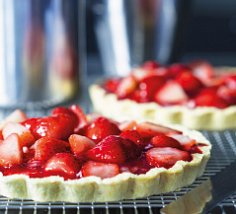
PRESERVATION
At the right concentration, sugar prevents or slows the growth of bacteria and fungi making it a natural preservative in jams, conserves and chutneys. It does this by reducing the available water for the microbes to grow. This property helps to prolong the life of many other types of food.
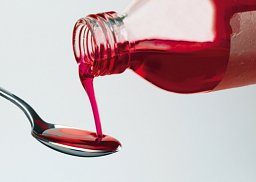
STABILISING SUSPENSIONS

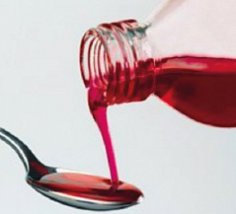
STABILISING SUSPENSIONS
By increasing viscosity, sugar can stabilise the dispersion of active ingredients in liquid medicines.
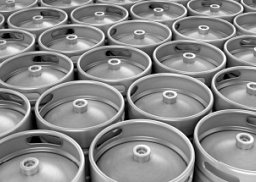
FERMENTATION

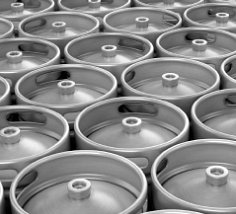
FERMENTATION
Fermentation is a critical process in baking and brewing. Sugar is used as a food source for the yeast to produce ethanol, carbon dioxide and water. In bread making, sugar speeds up the rising/levening process.
